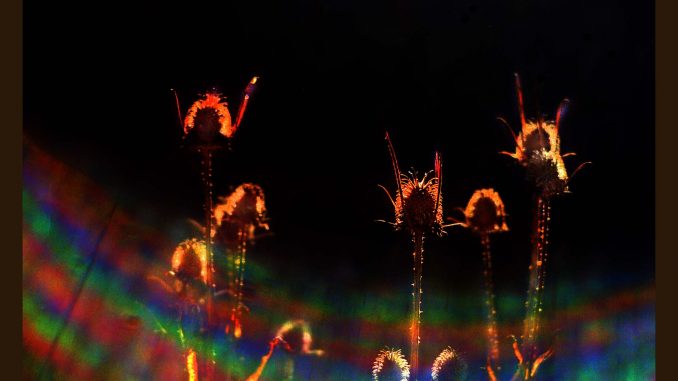
San Francisco, September 2018: Mamiya C330.
By Dirk Dom
Hi!
My all-time favorite city is San Francisco. Over the years I’ve been going there about ten times, six times so far especially for photography. Every time I take a different camera.
This time it was the Mamiya C330 pro, a twin lens reflex from the seventies which shoots medium format, 6×6.
I felt like color and in three weeks I shot 40 films (480 images) on Kodak Ektar 100. This color negative film is just magnificent!
This camera of mine has a bit of history. I bought it with all seven lenses about ten years ago and shot lots of Velvia slides. Then I got into medium format rangefinders and I gave it to a friend as a wedding present. (He’s not divorced yet!) Two years ago I wanted it back and I bought a mint body with the 80 and 180mm lens for €350. I also wanted the 55mm lens which cost €290, and I was set again.
Because I love shallow DOF shots and wanted to shoot wide open with the minimum 1/500 shutter time (medium format bokeh is always gorgeous) I shot about half of my images through a 2 stop ND filter, effectively limiting sensitivity to 25 ASA.
As a light meter I used either the little Gossen Digisix II (reflective or incident) or, when light got too crazy, I used the Sunny f/16 rule. All my shots were properly exposed and I got only one misfocused one, not bad!
I scanned the shots and selected the 130 best, post processed those and got them printed.
If you have read this this far, you may want to see some results. Here they are:
I was there during Fleet Week, and of course I wanted a shot of the Blue Angels going underneath the Golden Gate Bridge. Well, they didn’t even come near! So I shot myself an aircraft carrier. The little kids were more interested to play with the gravel under their feet than in these mighty ships!
The Golden Gate Bridge
–
Cruise ships are often so big they sort of dwarf the city.
–
Victorian houses, a fortune in paint must go onto them. That must be the reason they are so expensive in S.F.!
–
Coit Tower. The light in September is just gorgeous, a continuous Golden Hour from 9AM to 6 PM.
–
This is what I mean by ***Golden*** light. In situations like this I used the Sunny f/16 rule.
–
People crossing at the Ferry building. I just love the artefacts these old lenses give in crazy light!
–
Homeless person. I was there in 2017, too, and the amount of homeless people has increased by a factor of four at least since. Near Civic Center they line up the sidewalks by the hundreds. For the first time in S.F. I felt real bad walking there and that feeling didn’t go away. It’s horrible. I asked people and my 4X increase estimate is correct. Maybe it’s due to the policies of a certain recent U.S. president I can’t remember the name of at the moment. I also found out that a 1% rent increase in California gets you 2,500 more homeless people there.
–
Streetcar stop and building.
With the Mamiya I most of the time spend some minutes optimizing composition. I walk around my subject, searching, discovering, not satisfied until everything is perfect. Then I think: “Do I want to print this?” If not, I don’t take the shot. I was outside for ten hours a day and took three films a day with me (36 shots) I ran out of film twice before the end of the day, and I missed one shot I really wanted to take because got out of film. Especially that very last shot you’ve got makes you extremely selective which is sort of fun!
Construction shot through a mesh cloth.
–
Sausalito, across the bay. I often walked over ten miles, but just as often I progressed for hours at only 1 MPH, searching and composing and going back.
–
Two airplanes.
The C330 is a camera with few limits in close focus as it has 2 ½ inches of bellows draw. With the 55 and 80mm lenses it has almost 1:1 reproduction ratio at closest focus. I love to shoot flowers, and medium format + Ektar are really something else for that!
That last one was shot straight into the Sun (Sun just outside image) No way I could have correctly exposed such an amount of light, I just hoped for the best. The 180mm gives these crazy rainbow artefacts.
Walking around the coast and on beaches, the one below is in Pacifica.
My son is a rock hound, no lack of rocks near S.F!
–
A landscape.
San Francisco weather in September is nice, but at 6PM you want to don a coat. Cloudscapes fascinate me, this is the first time I shot them in color.
Fog rolling in over the hill at Sausalito. Sort of an apocalyptic sight.
–
Sunset.
My son makes medieval armor as a hobby, he uses a helmet as a chimney.
Well, that’s it, hope you enjoyed them, and, get out there and shoot!!!
Dirk.

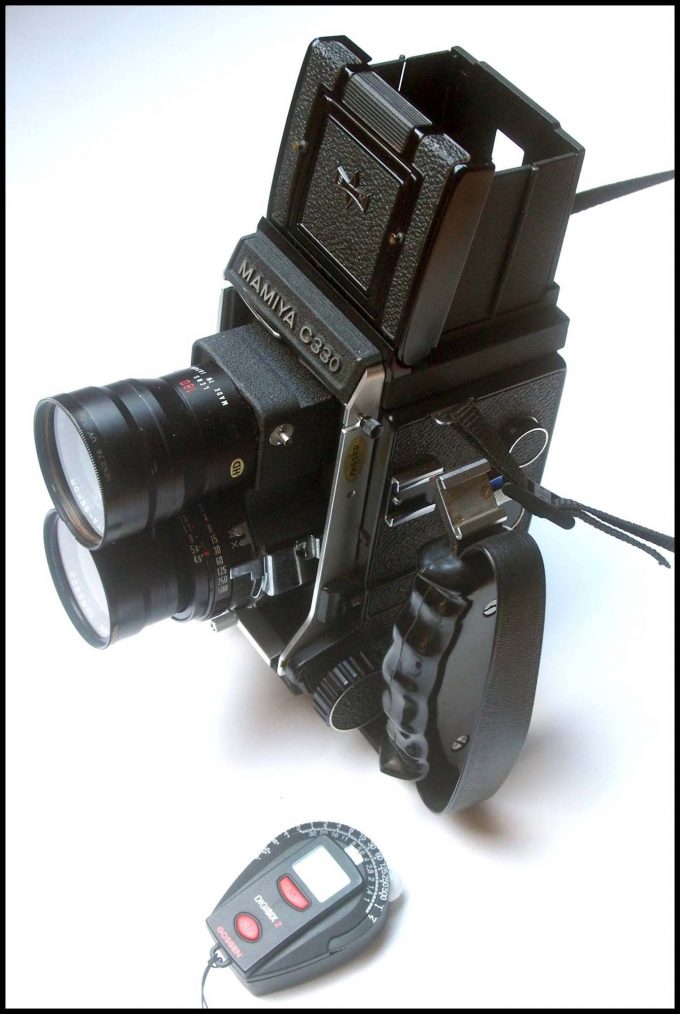
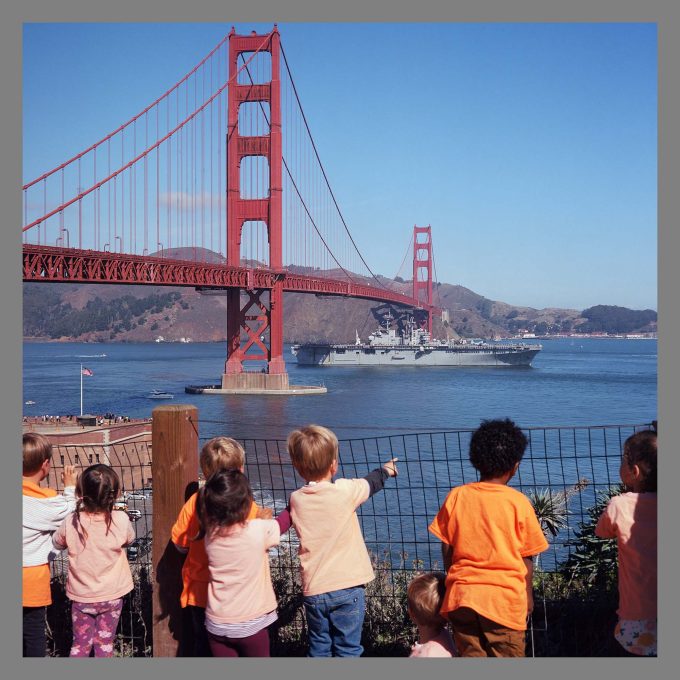
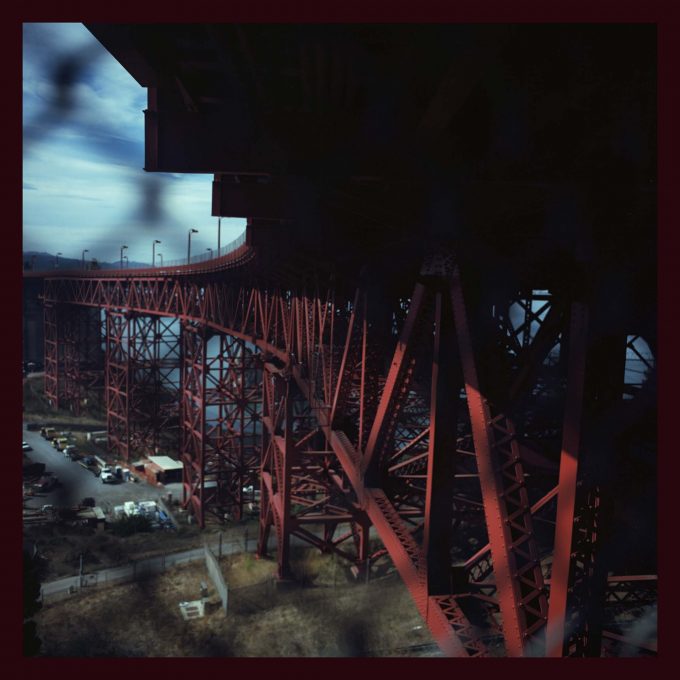
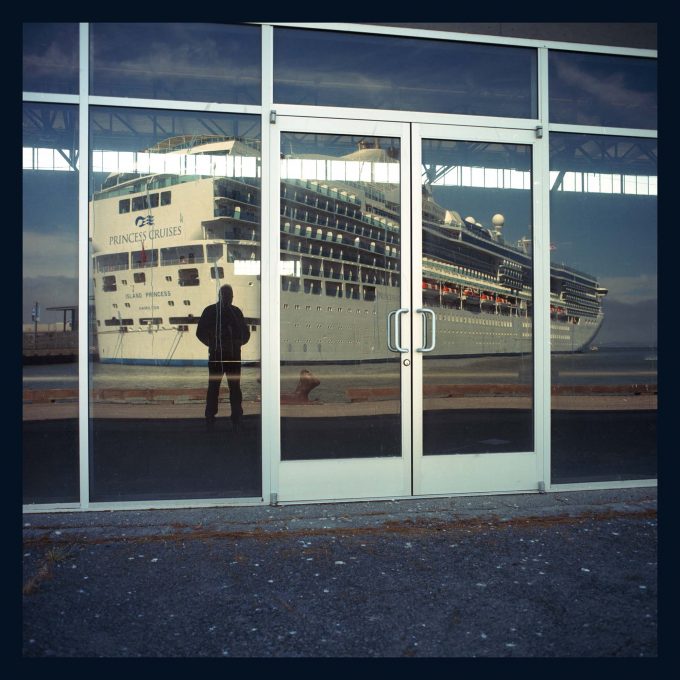
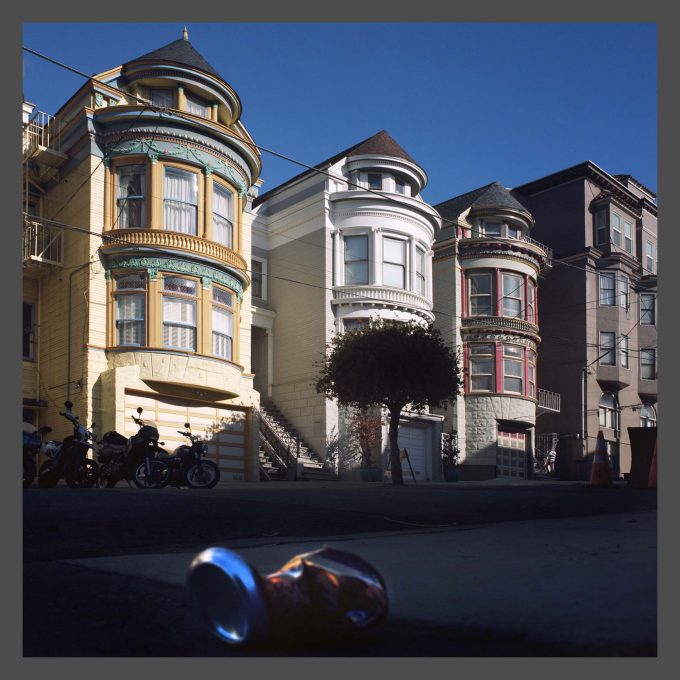
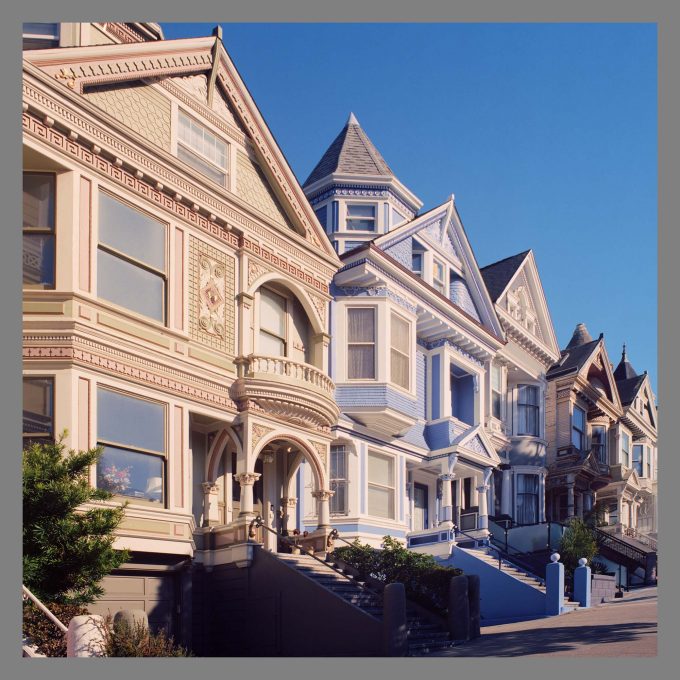
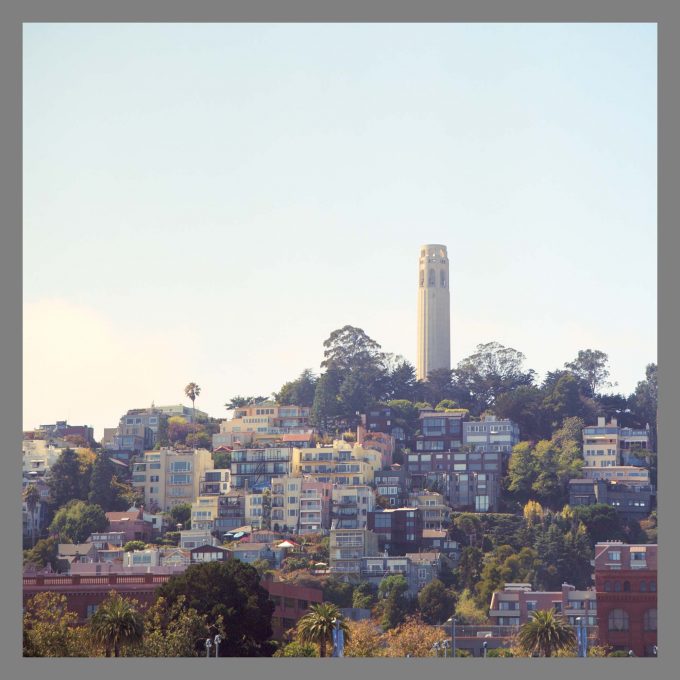
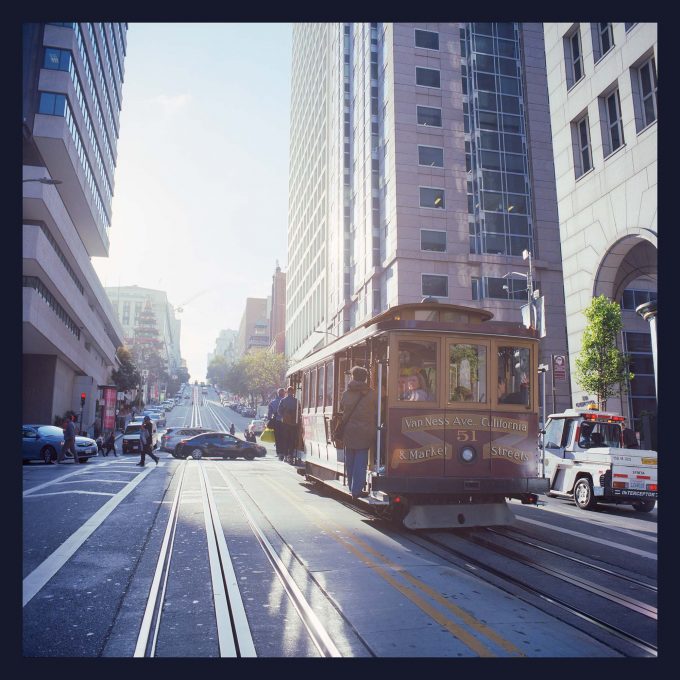
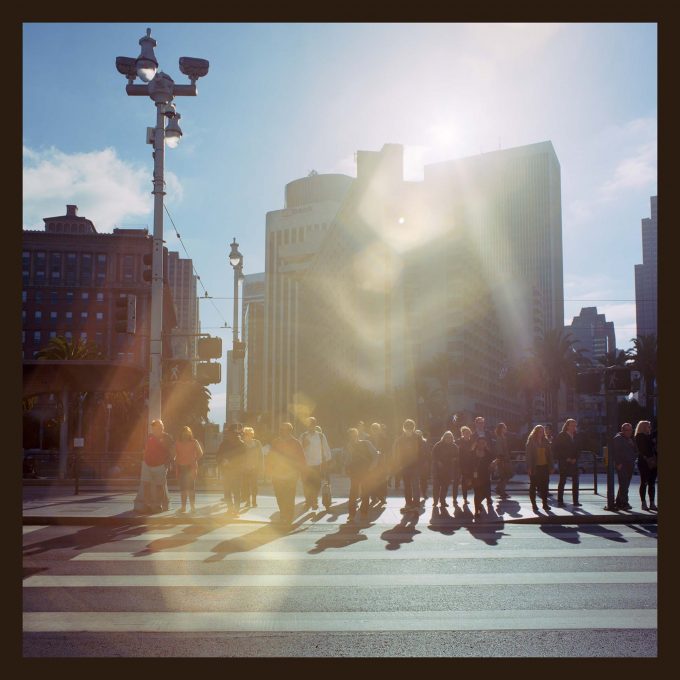
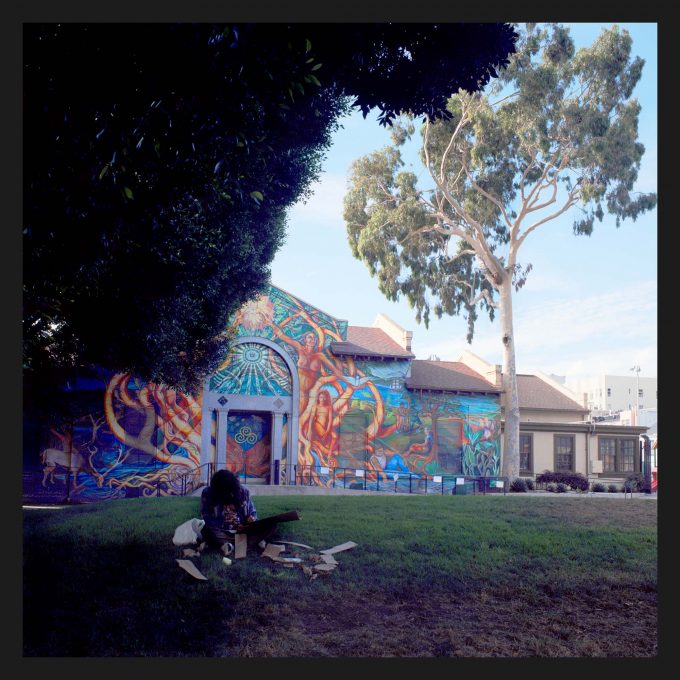
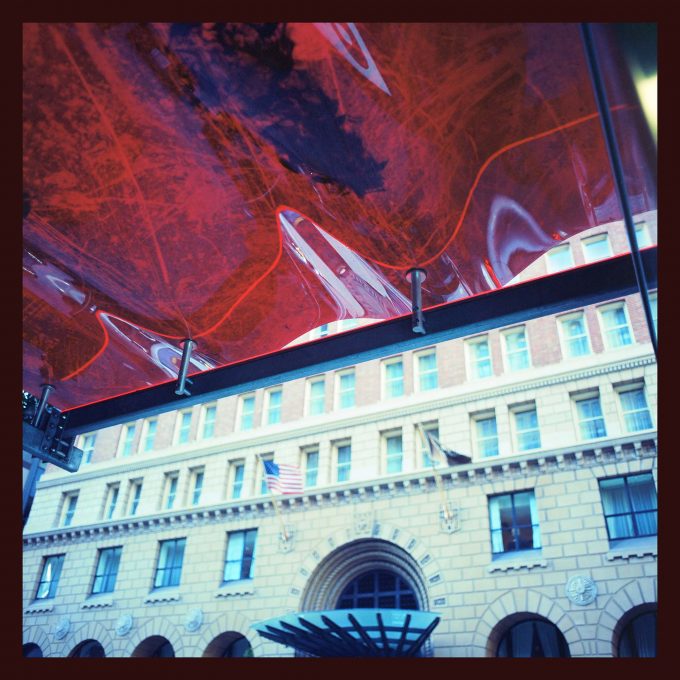
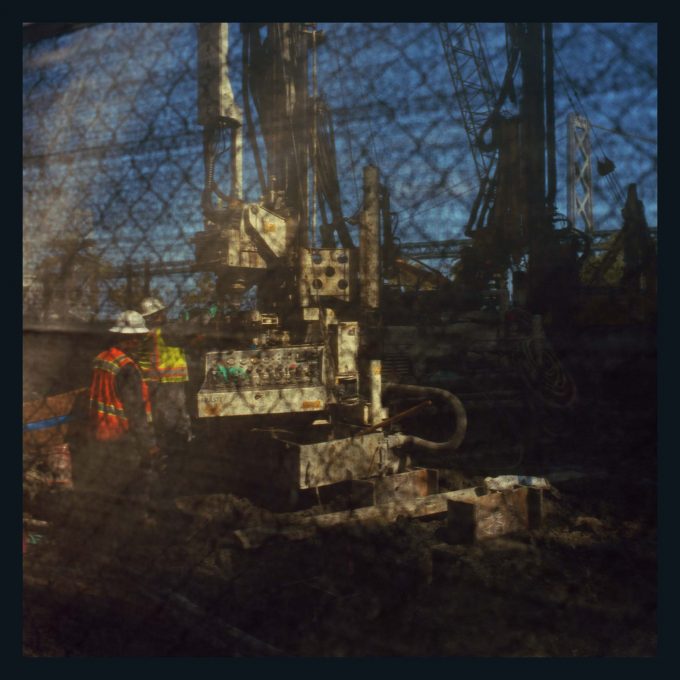
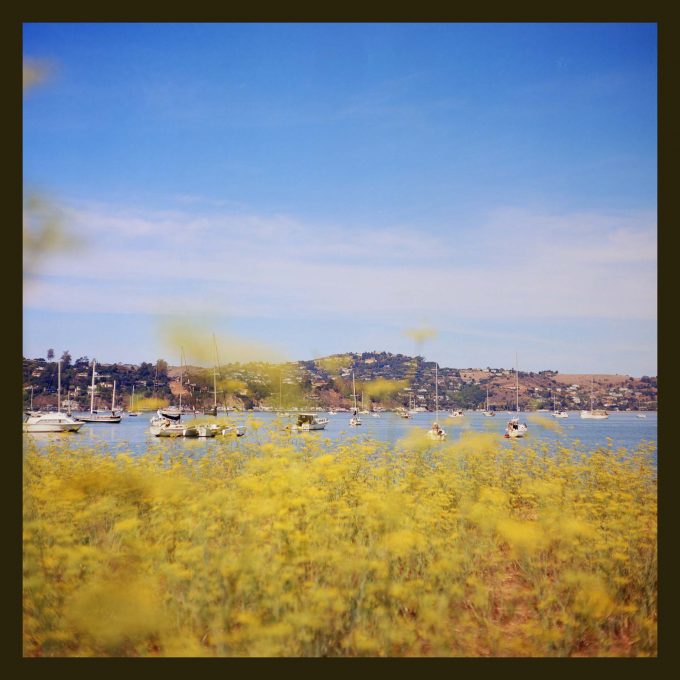
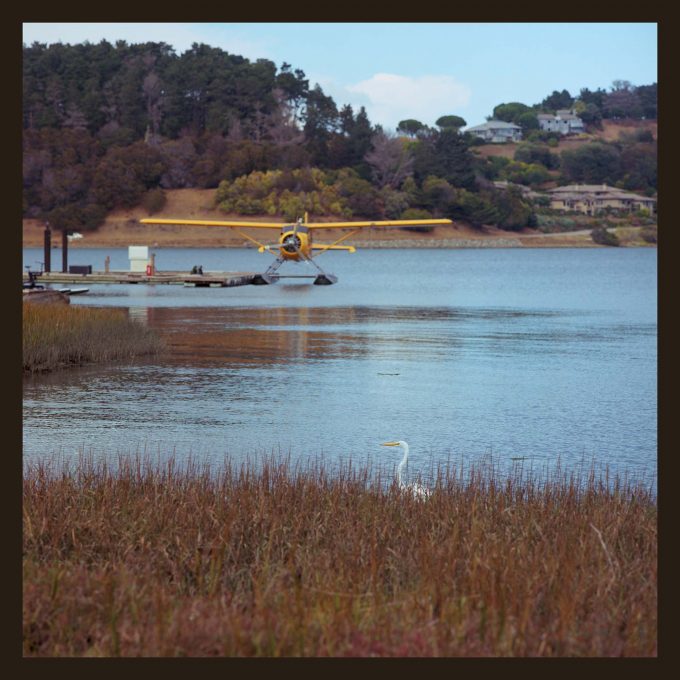
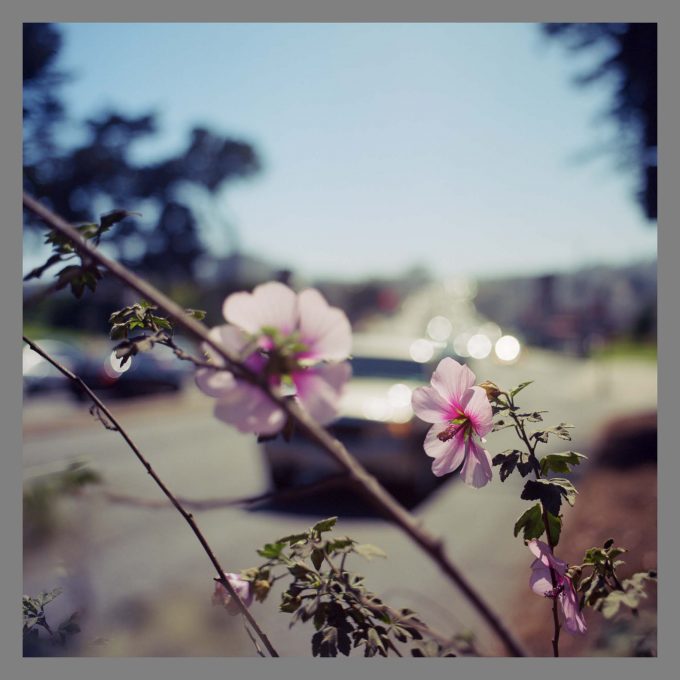
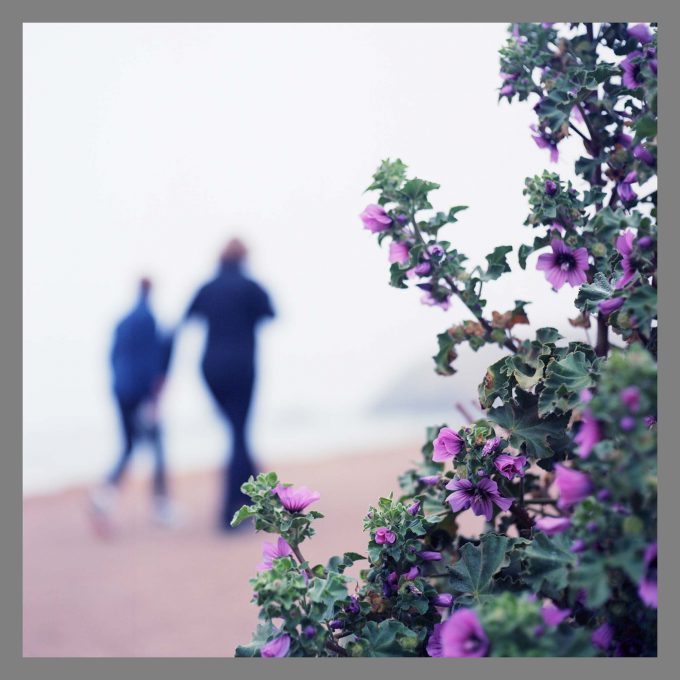
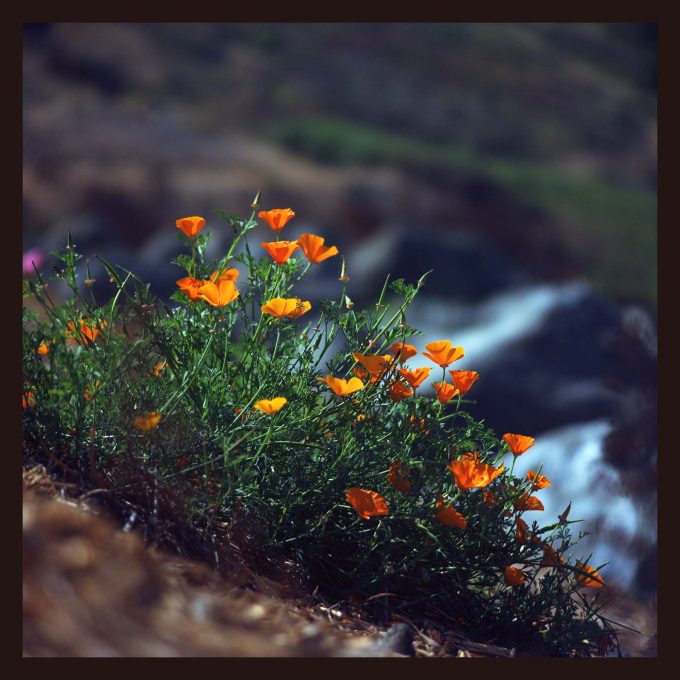
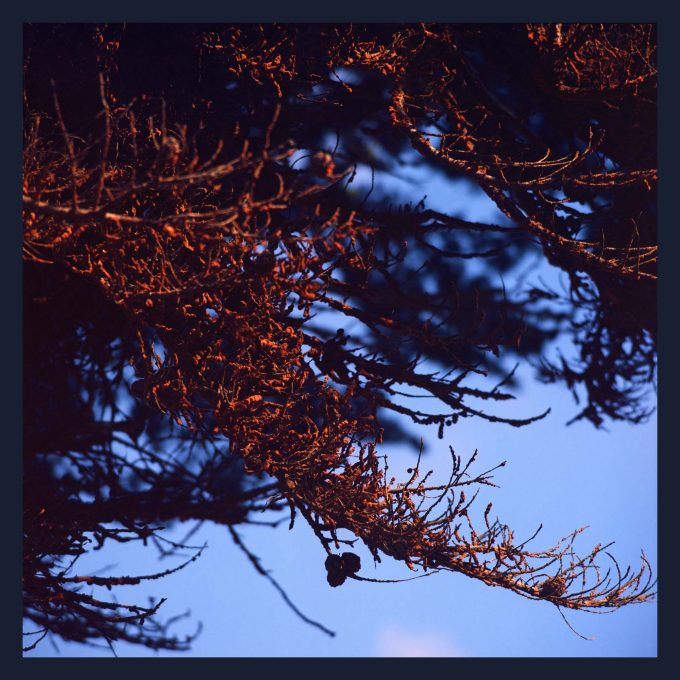
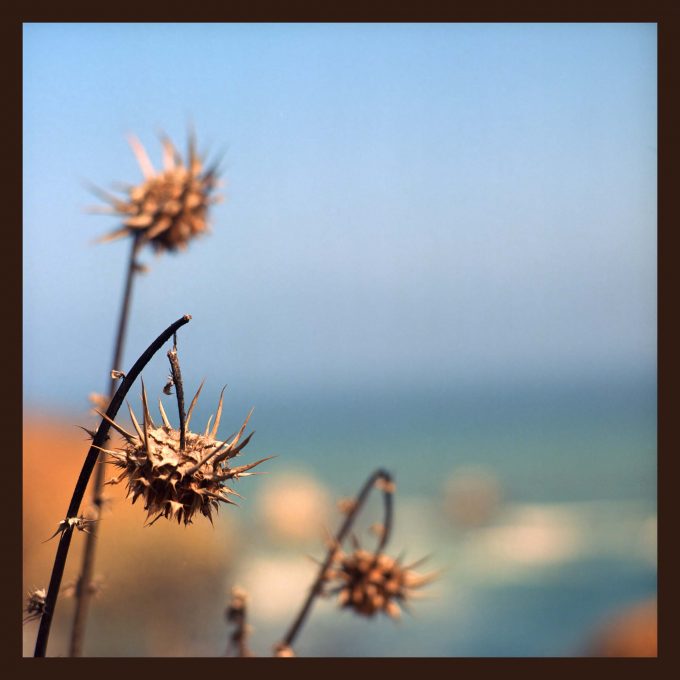
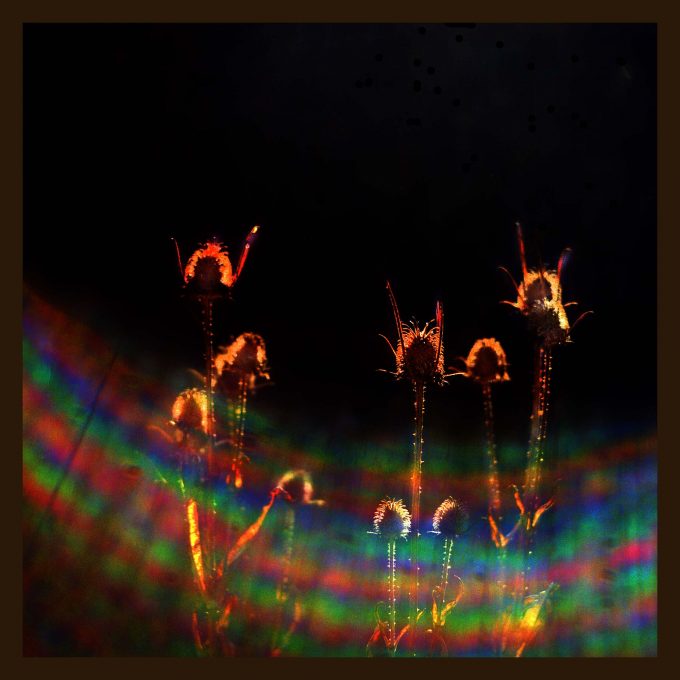
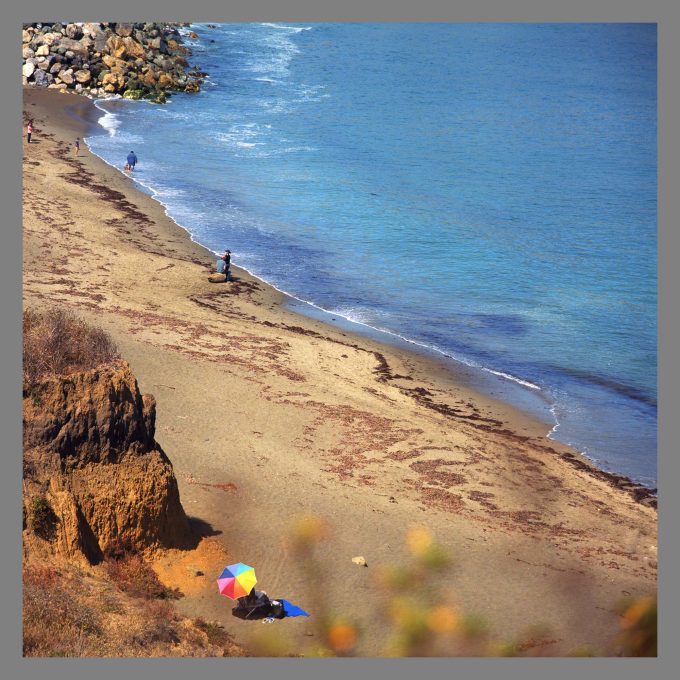
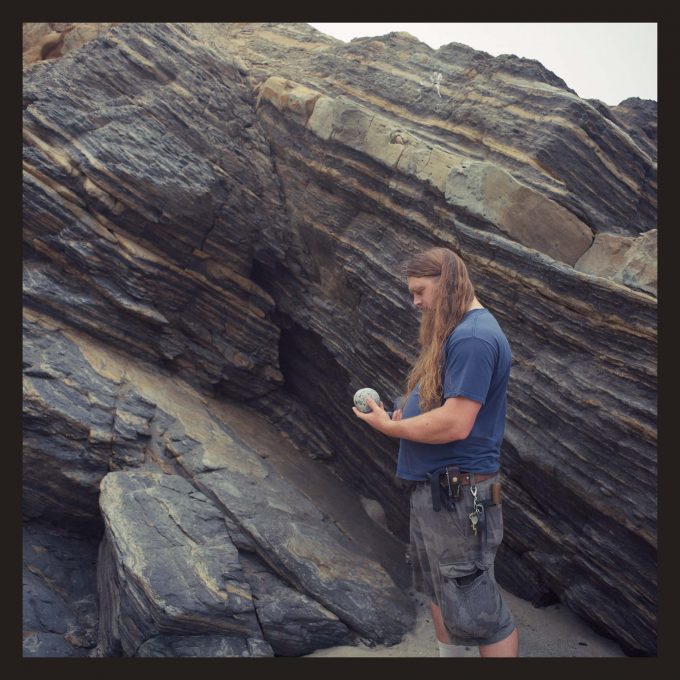
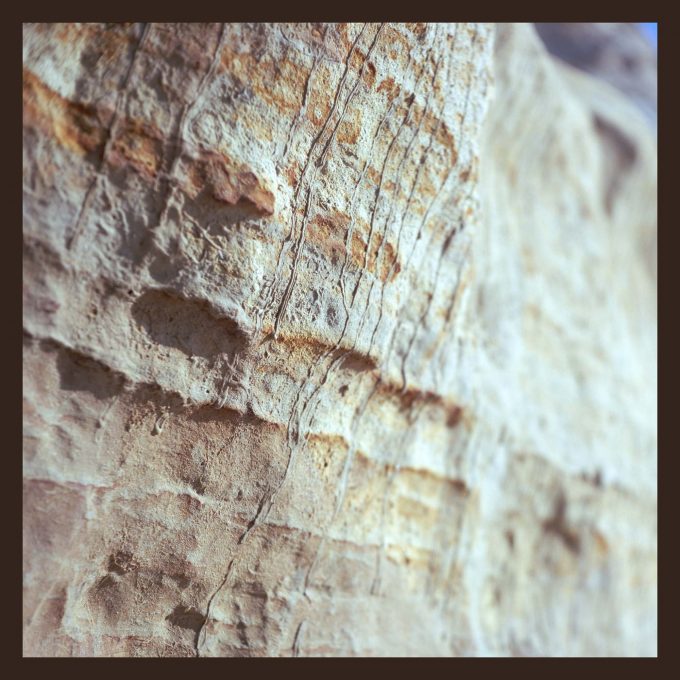
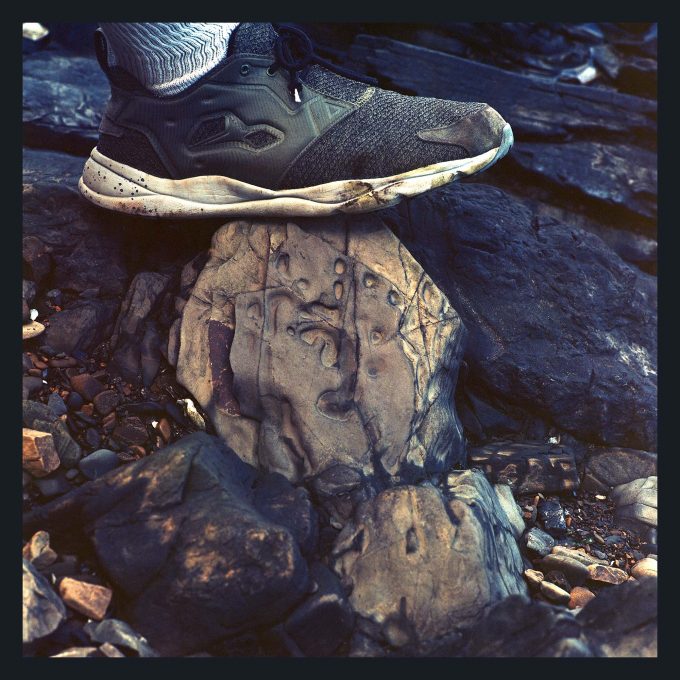
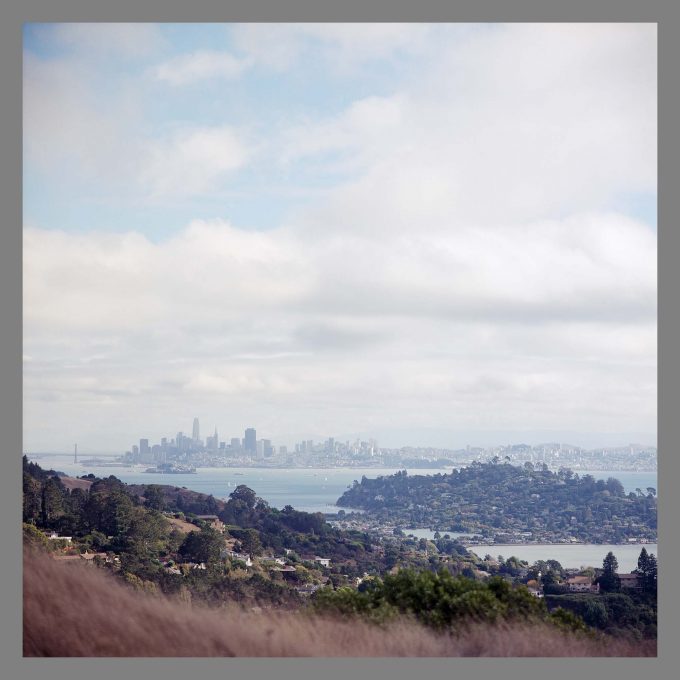
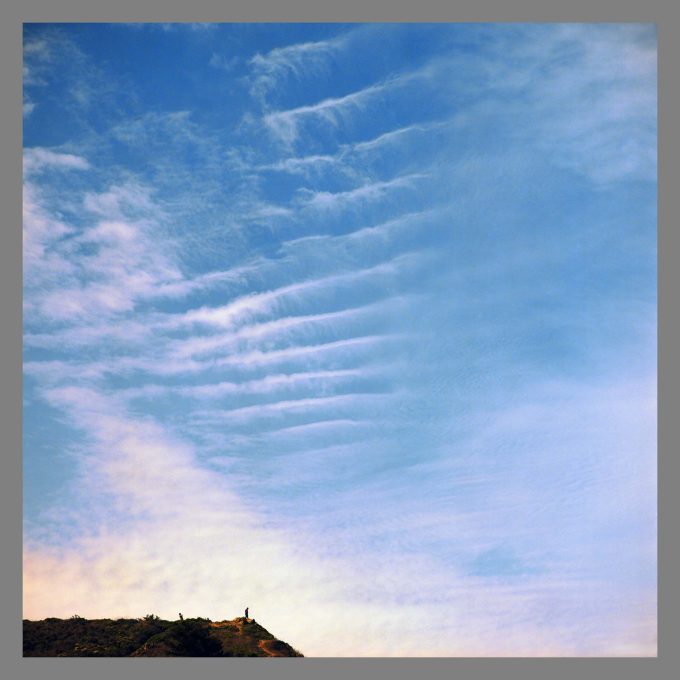
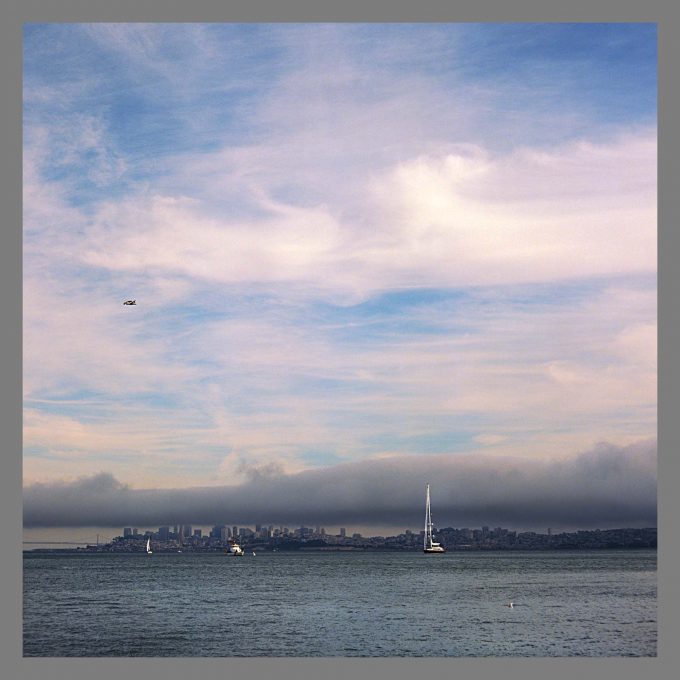
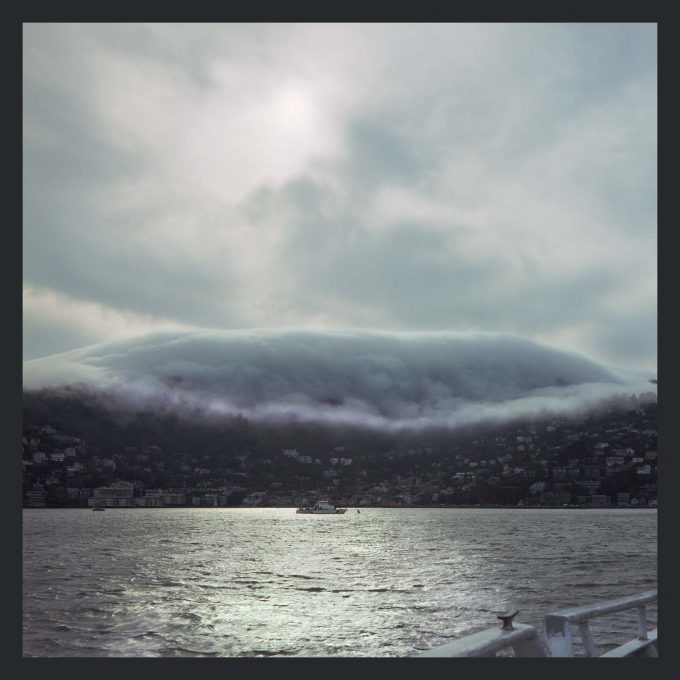
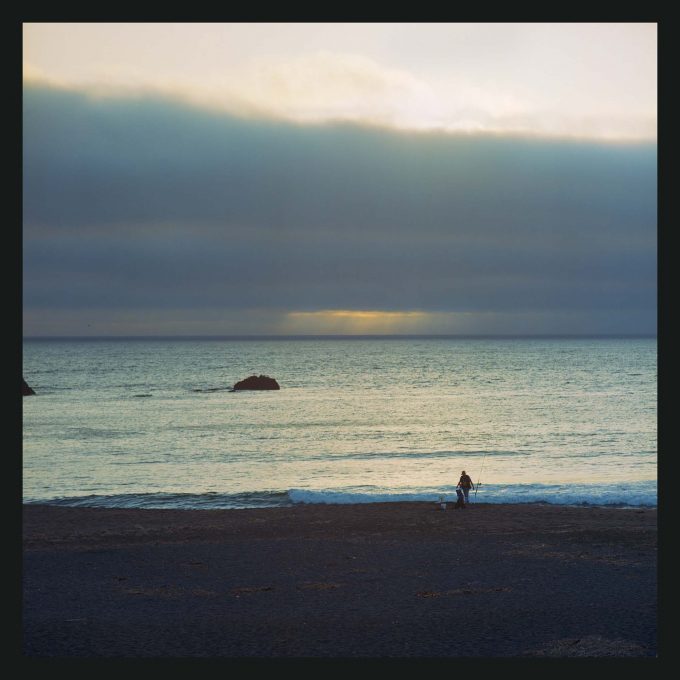
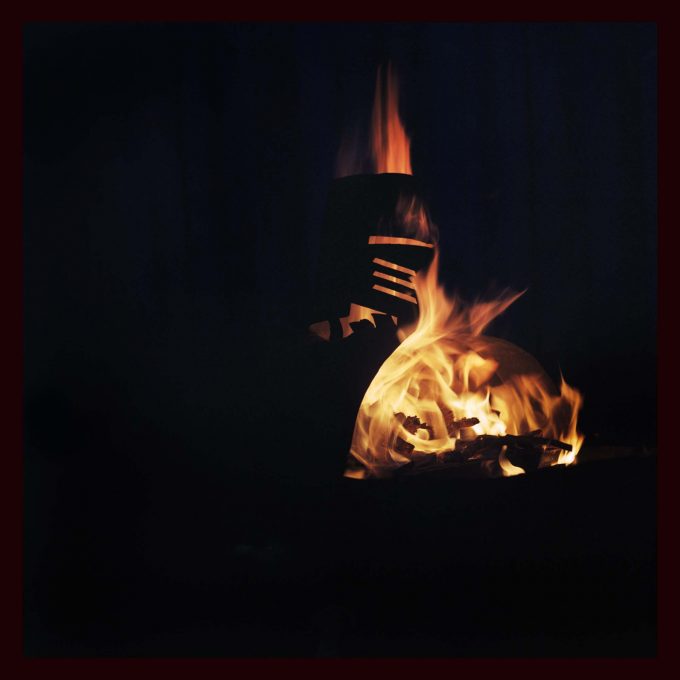

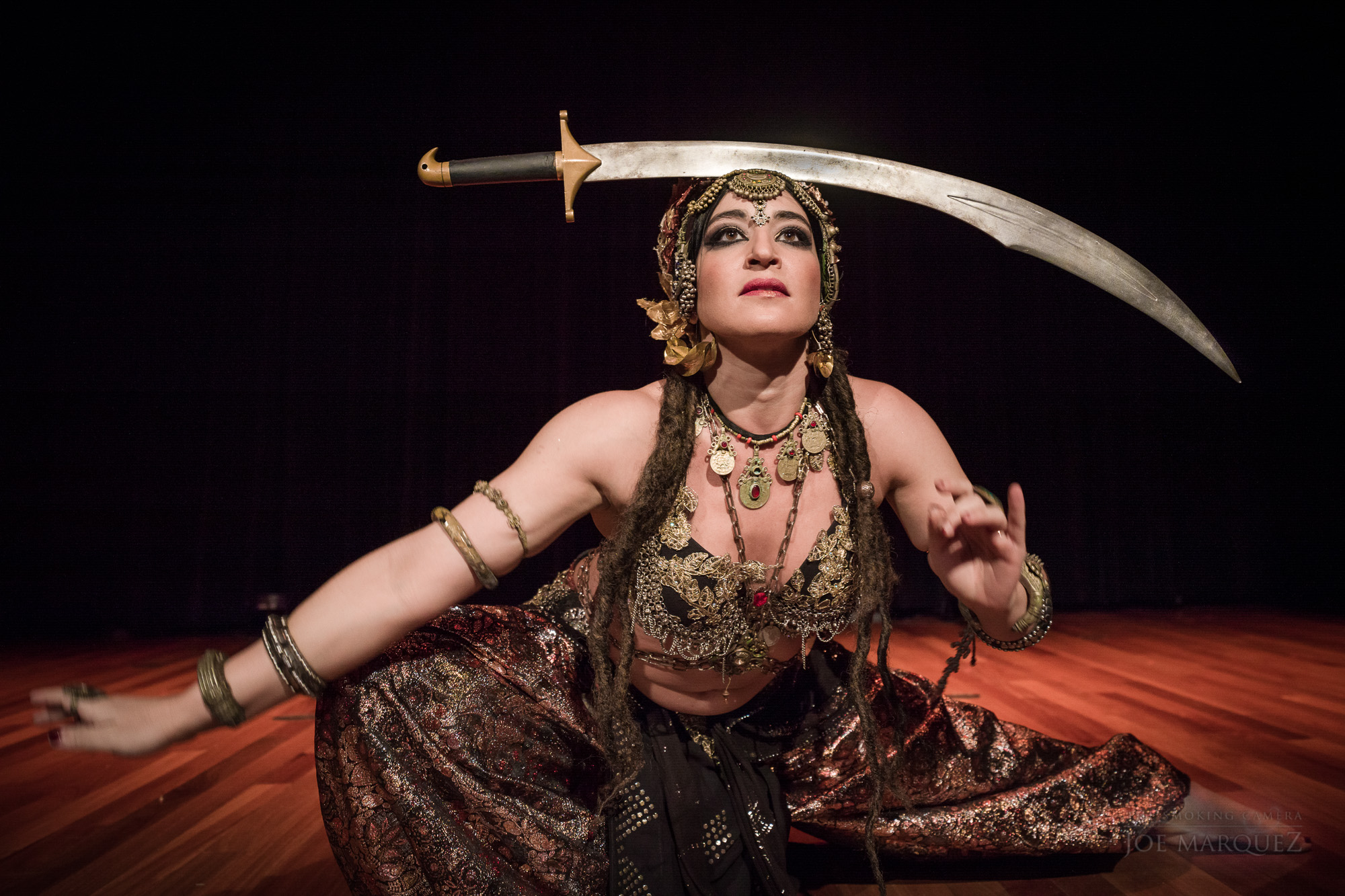
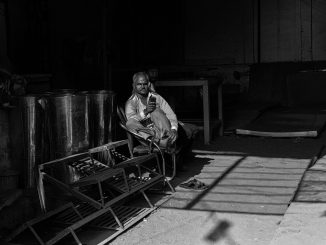

Lovely lovely photographs – 6×6 used as it should be and lovingly
Hey, really like what you’ve done here showing the area where I’ve lived for many years. And you’re right about the light at this time of year. It’s what originally made me move here. The homeless situation isn’t confined to San Francisco, but is endemic to the entire Bay Area. We have literal Hoovervilles sprouting up all over. Income inequality, bad public transit combined with a severe housing shortage is a recipe for disaster.
Beautiful! Thank you for sharing, Dirk. I like in particular “Fog rolling in over the hill at Sausalito”… your little show really makes lust for 6 x 6 life! I use a New Mamiya 6 system frequently, so I can really understand the thrill 😉
I disagree that film photography in medium format is so extremely expensive. It is not cheap, but a comparable digital system costs roughly 10 k$ (minimum). For such a budget you can get a decent used analogue camera and many 120 films developed and printed. On top, this 6 cm x 6 cmi format is huge even compared with the sensors used in a Hasselblad X1D or a Fujifilm GFX camera, so the character of the images is different (normal lenses for such a system are quite on the tele side and produce a pronounced medium format look).
Hi!
Thank you for your nice comments.
About cost of film medium format:
My Mamiya C330 with 55mm, 80mm and 180mm cost me €650.
Film, including development is €12 a roll (Kodak Ektar color negative), 12 shots a roll.
On my San Francisco trip I used 40 rolls of film, that’s 480 Euro’s, processing included.
I got 130 shots printed 9 x 9 inches on a 12 color inkjet printer by a pro who is very dedicated to quality: 520 Euro. These shots go into three albums, so photography during this trip cost me about 1,100 Euro. I photographed about ten hours a day for 22 days, I just calculate this cost into my trip beforehand.
I scanned and post processed about half an hour per shot ( Scanned all 480, only PP’d the 130 selected ones), scanned at 3,300PPI, which yielded 50 megapix, 16 bit files. My flatbed scanner is really well up to the task and cost about €600, it’s an Epson V750 pro. It’s not that flatbed scanners are no good, they are a little bit less good than drumscanners.
What you can’t see here is the extremely beautiful texture of film. To appreciate that fully, you’d have to enlarge to 100 x 100 inches. Not that my scans aren’t up to that…
Dirk.
Hi Dirk, thanks for sharing your experience with costs. This fits to my own experience (I shoot e.g. a lot of street on 120 film). I love real film grain, too. I develop my films at home and invested finally in a Filmomat, a beautiful little automatic lab built by Lukas Fritz, a young German guy (more: https://www.youtube.com/watch?v=VURuTWumrhw). It is fantastic, it comes with pre-programmed C-41 and E6 color processes, and you can program your own b&w or color processes. I got it for 2800 Euro, I have seen that it is a bit more expensive now. But if you shoot frequently film, you get this investment back within a 2-3 years, since the few professional labs that survived are expensive (and not always good).
Like you, I scan my images, but with a Braun FS 120 film scanner (basically a Reflecta scanner), for which I invested roughly 1.800 Euro. I prefer to combine the beauty of the analogue world with the processing and printing flexibility of the digital world – like you, I am no purist.
The biggest part of the costs is good printing anyway. Here analogue and digital photography make not much difference and, of course, no difference taking the scanning and ink jet printing path.
I used to use mamiya 645s
The mamiya glass is great and it is fun seeing your images and relating to them as a mamiya alum
New gear is great but there is a definite romance about the classics
Very nice. The tonality, subject, composition and texture compelled me click on more pictures in your set than any other I have before on this site. Hopefully you get to print these large.
A trip down memory lane for me, using a Mamiya Twin Lens with the lenses I used decades ago, as a fashion Pro. My Mamiya seldom travelled outside the studio! A formidable task you undertook. The colors of Ektar, good scans really emphasize your framing into a delight. The con note is that I feel no matter what, that is not for me! The Film and scan cost a huge item. The weight of that system almost made me cry..For those strong physically and mentally something to ponder on.